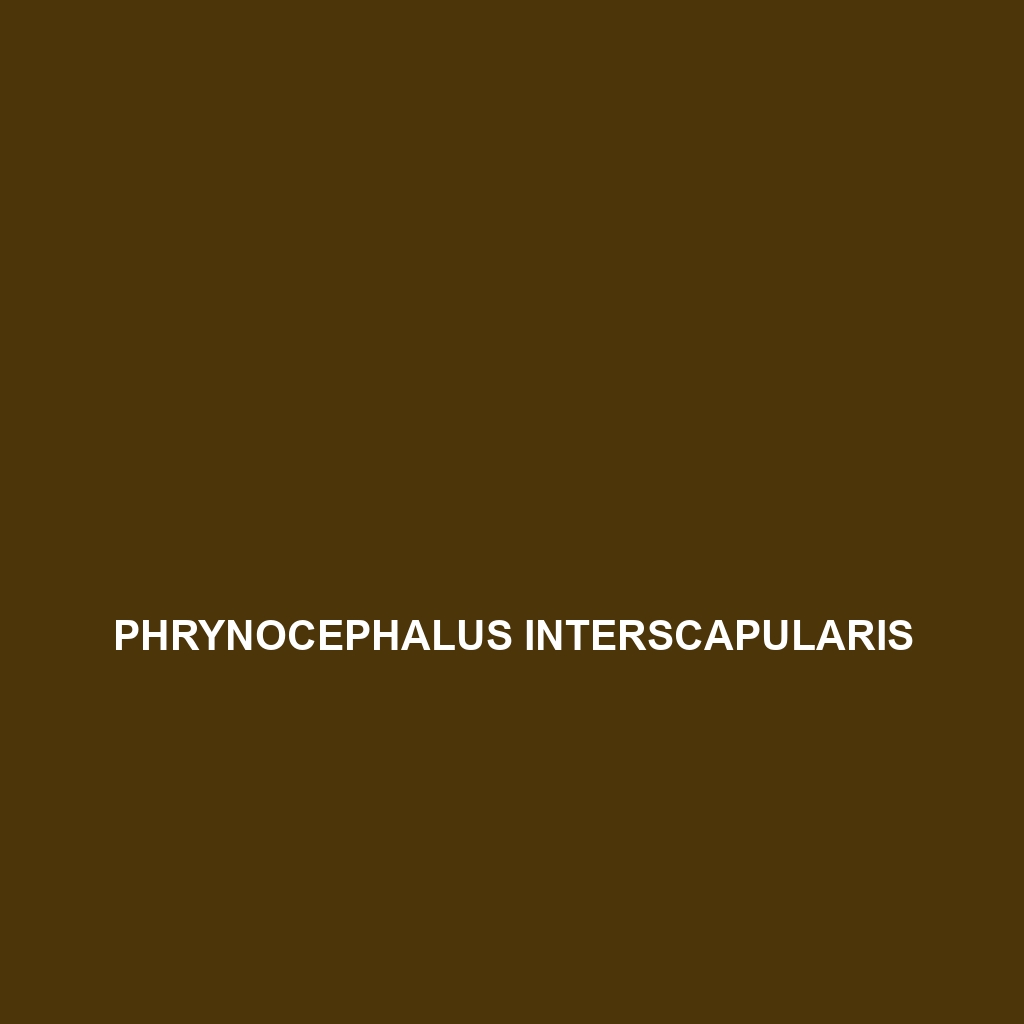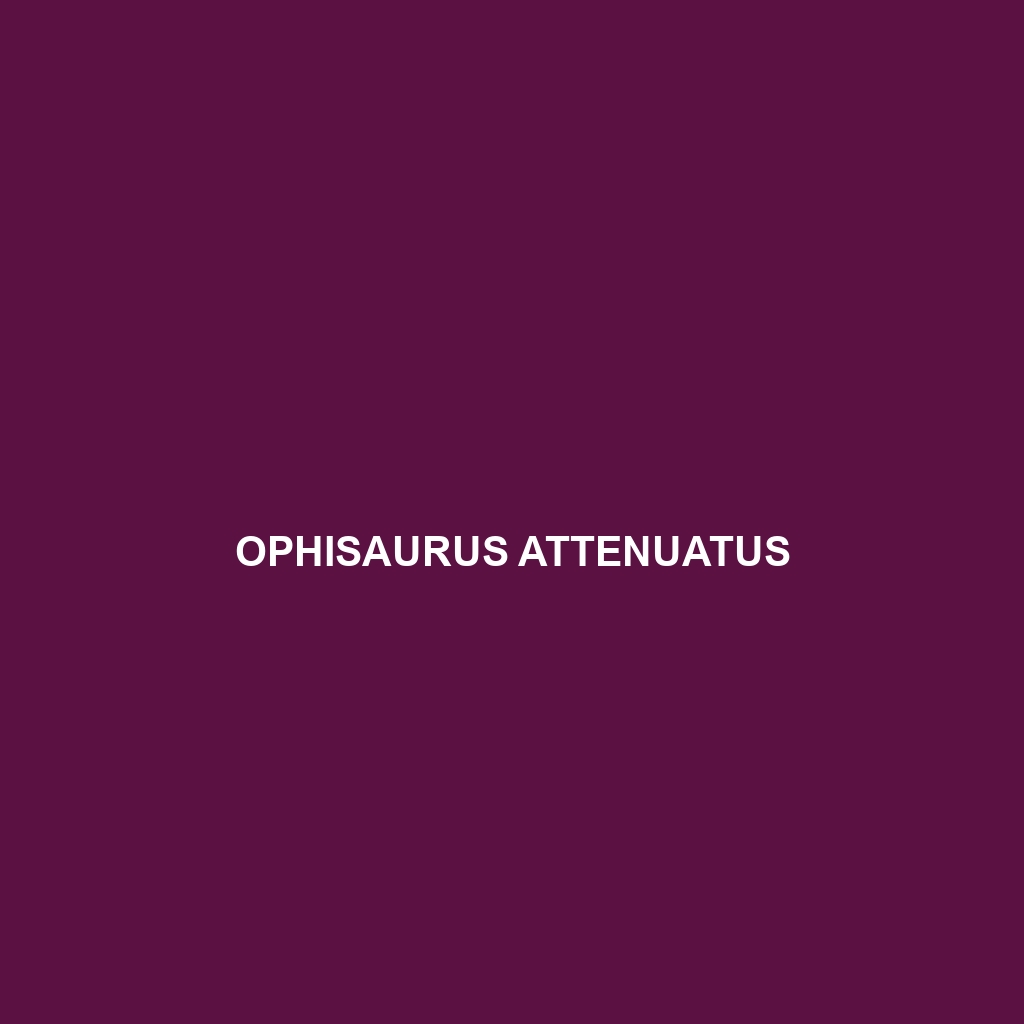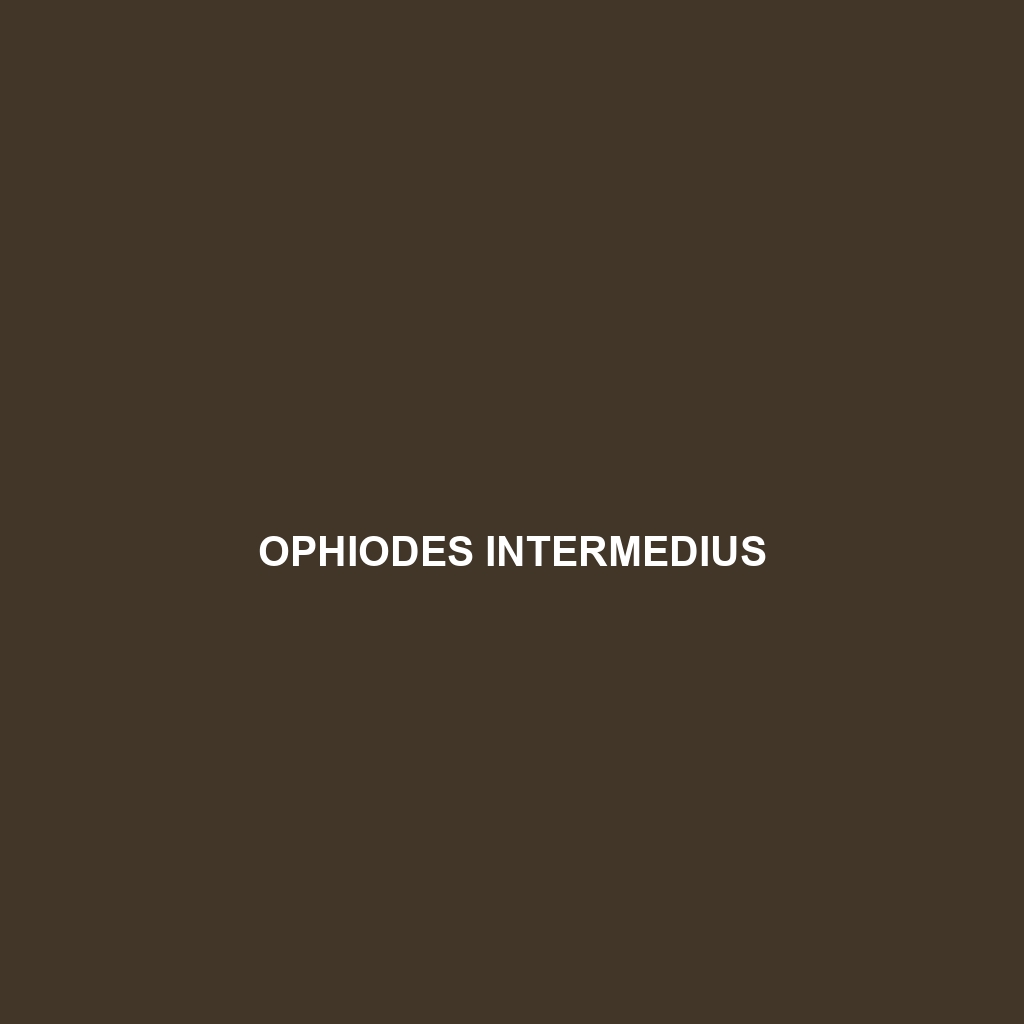Discover the fascinating Phrynocephalus reticulatus, commonly known as the reticulated toad-headed agama, which thrives in the sandy deserts of Central Asia. This distinctive lizard, notable for its flattened body and intricate reticulated patterns, plays a crucial role in its ecosystem as an insectivore while showcasing unique burrowing and camouflaging behaviors.
Tag: burrowing reptiles
Phrynocephalus interscapularis
Discover the <b>Central Asian Toad-headed Agama</b> (<i>Phrynocephalus interscapularis</i>), a distinctive lizard thriving in the arid regions of Central Asia, renowned for its unique burrowing abilities, striking camouflage, and fascinating mating displays. Measuring 15-25 cm in length, this insectivorous species plays a crucial role in maintaining ecological balance within its sandy desert habitat.
Pedioplanis lineoocellata
Discover the Pedioplanis lineoocellata, or striped sand lizard, a slender, agile reptile native to southern Africa's arid regions, known for its distinctive beige and brown striped coloration, rapid burrowing abilities, and insectivorous diet. This fascinating species plays a vital role in its ecosystem by controlling insect populations and serving as prey for various predators.
Paracontias manify
Discover the fascinating Paracontias manify, a unique nocturnal reptile from Madagascar, known for its burrowing lifestyle, elongated body, and diverse habitat ranging from dry forests to deciduous woodlands. This insectivorous species plays a crucial role in its ecosystem by controlling insect populations and promoting soil health through its burrowing behavior.
Paracontias brocchii
Discover the fascinating Paracontias brocchii, a nocturnal, limbless reptile from Madagascar, thriving in rainforests and temperate forests. This vulnerable species plays a vital role in its ecosystem by controlling insect populations and aerating the soil through its intricate burrowing behaviors.
Pachydactylus werneri
<div class="woocommerce-product-short-description"> <p><b>Pachydactylus werneri</b>, or Werner's thick-toed gecko, is a nocturnal insectivore native to the arid regions of southern Africa, featuring large, flattened toes for climbing and a sandy brown coloration for effective camouflage. With a robust size of 10 to 15 centimeters, this species exhibits fascinating behaviors and adaptations that play essential roles in its ecosystem.</p> </div>
Ophisaurus attenuatus
Discover the Slender Glass Lizard (Ophisaurus attenuatus), a unique, legless reptile found in the southeastern United States, known for its impressive length of up to 3 feet and smooth, shiny skin. With a diet primarily consisting of insects and a fascinating defense mechanism of tail autotomy, this adaptable species plays a vital role in maintaining ecological balance.
Ophiodes intermedius
Discover the fascinating Ophiodes intermedius, or intermediate worm snake, a slender, nocturnal species thriving in Central and South America's moist tropical habitats. With its unique burrowing abilities and diet primarily composed of small invertebrates, this snake plays a vital role in maintaining ecological balance.
Oligosoma newmani
Oligosoma newmani, commonly known as Newman's skink, is a vulnerable species found in New Zealand's temperate forests and grasslands. This nocturnal insectivore can grow up to 15 cm, features smooth scales with varying colors for camouflage, and plays a crucial role in maintaining its ecosystem through predation and soil aeration.
Nucras damarana
Discover the Damara skink, Nucras damarana, a slender, agile reptile thriving in southern Africa's warm climates, recognized for its smooth scales and distinctive brown or grey coloration. This insectivorous species plays a vital role in its ecosystem by controlling insect populations and contributing to soil health through its burrowing behavior.









